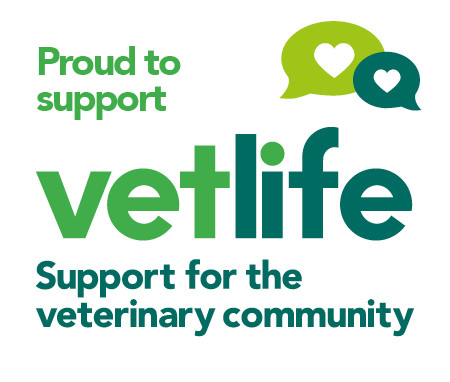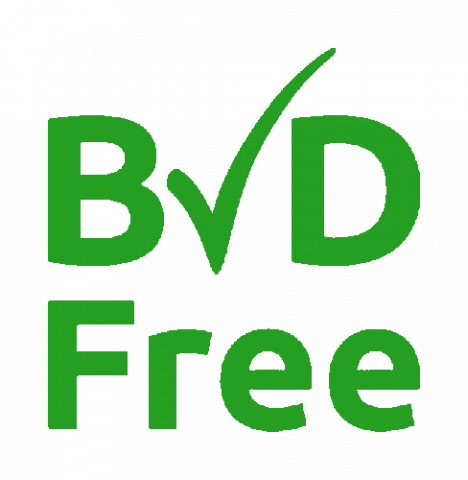Following a successful pilot, the Animal Plant and Health Agency (APHA) have now released guidance on the introduction of Approved Tuberculin Testers, or ATT’s in England. BCVA has produced the following FAQs to outline how this will work in practice.
ATT FAQ
Which businesses is this applicable to?
All veterinary businesses in England can employ ATTs. Subcontracted or ‘locum’ ATTs will be permitted if the ATTs are working within a veterinary led team and meet the veterinary supervision requirements
What tests can ATTs do?
All skin test types with the exception of tests required for export purposes
What criteria do ATT applicants need to meet?
- Minimum age of 18 years.
- Completion of satisfactory identification and basic DBS security checks before enrolment and commencement of training.
- To hold either: three GCSEs or equivalent qualifications in Mathematics, English and in a Science subject or Food Production OR three years performance in a Government regulatory role e.g. Local Authority (LA) Inspector or Environmental Health Officer
- A minimum of six months previous livestock handling experience
What does the training involve?
ATTs require the Official Controls Qualification (Animal Health Paraprofessional) Approved Tuberuclin Tester (OCQ (AHP)-ATT). There is an element of theory training followed by an examination. At this point the ATT can start testing under supervision of an Approved Veterinary Supervisor (AVS).
There is a minimum number of animals that need to be tested before a practical assessment can take place. This is a minimum of 500 animals in at least ten herds under direct and continuous supervision of an AVS. This must include a mix of beef and some dairy type animals.
No more than 100 animals from each herd can count towards the total. A minimum of 80 skin reactions to the test should be seen by the candidate with a minimum of 20 oedematous and 20 circumscribed. These can be observed on cattle tested by another authorised tester.
A practical assessment will then need to be passed. This will involve an independent assessor reviewing the ATT on injection and reading day with a minimum of 30 cattle assessed.
Is there auditing after this?
The AVS must complete an on-farm assessment of at least 20 animals at TT1 and TT2 between four and six months after the ATT’s full authorisation is granted. In the first 12 months a full on-farm audit will be carried out. APHA, VDP or a training provider will audit the ATT at least once every two years with a minimum of 30 cattle requiring testing by the ATT in each two-year interval.
APHA will be monitoring the performance of ATTs based on number of reactors, IRs and reactions found against that expected in order to target any outliers for further audit.
What about revalidation?
Revalidation of the OCQ (AHP) - ATT theory will be required two years from the initial date of authorisation and thereafter every four years.
What is an AVS?
An AVS must be an MRCVS with a current OCQ(V)- TT qualification. One AVS will be able to supervise a maximum of two ATTs, but only one of whom can be in training at any one time. The AVS must have had a successful on farm TB audit in the last two years with no breaches.
Whilst an ATT can conduct skin tests the responsibility for interpretation of test results rests with the AVS who will need to sign off and submit tests to APHA
What does the AVS need to do?
The AVS will need to directly supervise the testing of the minimum number of cattle for the ATT. They will need to ensure the correct number of skin reactions has been recorded by the ATT prior to the practical examination.
I’m interested, what next?
Full instructions are available on the Vet Gateway. Training will not begin before the 2 November.
For further reading: APHA Briefing Note 26/20: Update on the outcome of the retender of the APHA contract for the Provision of Veterinary and Paraprofessional Training, Authorisation and Assurance Services.






